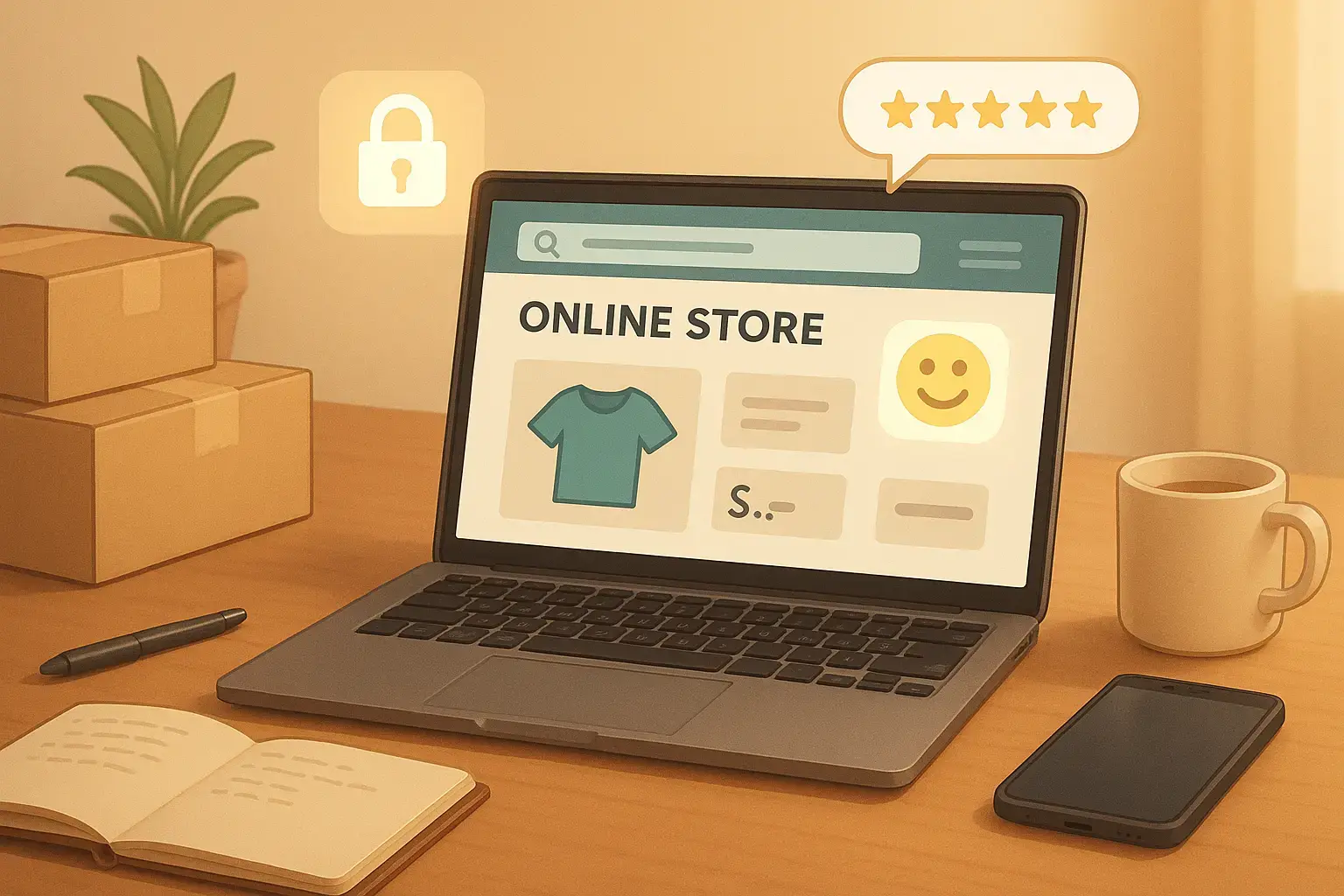What Customers Hate Online—And How to Fix It
Shopping online can be a blast—scrolling for cool stuff, snagging deals, all from the couch. But sometimes, it’s like the website’s trying to make you throw your phone across the room. Hidden fees, janky navigation, or customer service that feels like talking to a brick wall—ugh, why? Customers have a laundry list of things that drive them up the wall when shopping online, and those gripes can send them running to a competitor faster than you can say “cart abandoned.” Let’s spill the tea on what ticks shoppers off and how stores can dodge these pitfalls to keep folks coming back.
Clunky Websites That Feel Like a Maze
Nothing screams “get me outta here” like a website that’s harder to navigate than a corn maze at midnight. Think about someone trying to buy a new jacket—pages load slower than a sloth, the search bar spits out random stuff, or the menu’s so cluttered they can’t find the checkout. It’s like the site’s daring them to give up. Customers want a smooth ride, not a treasure hunt just to find the “add to cart” button.
How to Fix It: Keep it simple, folks. Make sure the site loads fast, even on spotty Wi-Fi. Put a search bar that actually works front and center. Clear menus, big buttons, and a checkout that’s a straight shot—no pop-ups asking for their life story. Test the site on phones, laptops, whatever, to make sure it’s not a hot mess. A clean, zippy site keeps shoppers happy and clicking.
Hidden Fees That Feel Like a Slap
Picture this: someone’s pumped to score a $30 lamp, but at checkout, surprise! Shipping’s $15, there’s a $5 “processing fee,” and oh, taxes bump it up another $10. Suddenly, their steal is a budget-buster, and they’re out the door. Hidden fees are like stepping on a Lego—they hurt, and nobody saw it coming. Customers hate feeling tricked, and they’ll ditch a cart faster than you can blink if the price jumps at the last second.
How to Fix It: Be upfront about costs. Show the full price—shipping, taxes, all of it—early on, like on the product page. If there’s a fee, explain why, like “$5 for express packing to keep your stuff safe.” Transparency makes shoppers feel respected, not scammed. Bonus points: offer free shipping when you can. It’s like catnip for buyers.
Checkout Processes That Take Forever
Ever tried checking out on a site that feels like it’s auditioning for the DMV? You’ve got your wallet out, ready to buy some headphones, but the site wants your blood type, your dog’s name, and a 12-step verification process. Or it crashes halfway through, and you’re back to square one. Customers want to hand over their money, not their sanity.
How to Fix It: Streamline the checkout like it’s a race. One page, minimal fields—name, address, payment, done. Offer guest checkout so people don’t have to sign up for a newsletter they’ll never read. Throw in options like PayPal or Apple Pay for speed. And for the love of all things holy, save their cart if the site glitches. Make it quick, and they’ll thank you with their cash.
Customer Service That’s MIA
Nothing’s worse than a store ghosting you when things go wrong. Imagine someone orders a coffee maker, it arrives broken, and the “contact us” page is just a form that goes into the void. Or they wait on hold for an hour, only to get a bot that says, “Have you tried turning it off and on again?” Bad customer service is like a breakup text—it leaves people mad and swearing they’ll never come back.
How to Fix It: Be there for your customers. Offer a live chat that actually connects to a human, or at least a bot that doesn’t sound like it’s reading a script from 1995. Respond to emails fast—within a day, not a week. If something’s wrong, like a busted product, make returns or refunds easy, no hoops. A store that fixes problems quickly turns grumpy shoppers into loyal ones.
Stock Issues That Break Hearts
You’ve seen it: someone falls in love with a cute mug, clicks “add to cart,” and… “Out of stock.” Or worse, they get through checkout, get a confirmation, and then get an email saying, “Whoops, we don’t actually have that.” It’s like being stood up on a date. Shoppers hate wasting time on stuff they can’t actually buy.
How to Fix It: Keep your stock game tight. Update inventory in real-time so “out of stock” shows before someone’s halfway through checkout. If something’s low, add an “only 2 left!” warning to create urgency without heartbreak. If you mess up and oversell, own it—offer a discount or freebie to make it right. Nobody likes a bait-and-switch, so don’t dangle products you can’t deliver.
Spammy Emails and Pushy Ads
Ever sign up for a store’s newsletter to get a 10% off code, then get blasted with 10 emails a day? “Buy now!” “Last chance!” “You forgot this!” It’s like the site’s yelling at you to buy a pair of socks, you, Marisa. Customers want to shop, not feel like they’re dodging a sales pitch at a used car lot.
How to Fix It: Chill with the spam. Send emails that actually matter, like a welcome discount or a heads-up about a big sale. Let customers choose how often they hear from you—weekly, monthly, or whatever. And those pop-up ads? Keep ‘em subtle, not a full-screen takeover. Respect their inbox, and they’ll stick around.
Language Barriers That Confuse
If a shopper lands on a site that’s not in their language, it’s like trying to read a foreign menu with no pictures. Imagine someone in Spain browsing a store that’s all in English—they’re guessing what “return policy” means and hoping they don’t mess up the order. Language barriers make shopping feel like homework, and most people will bounce.
How to Fix It: Speak their language. Offer the site in languages that match your audience—like Spanish, Mandarin, or Arabic for key markets. Don’t just translate word-for-word; use local slang and vibes so it feels natural, like “envío gratis” in Spanish or “free shipping” with a British twist like “no cost to post.” It’s like inviting shoppers into their own living room, and they’ll stay longer.
How to Be the Store Shoppers Love
Avoiding these gripes isn’t rocket science—it’s about treating shoppers like people, not wallets. Here’s the quick rundown:
- Keep the Site Smooth: Fast, clear, and easy to use on any device.
- Be Honest About Costs: No surprise fees—show the full price upfront.
- Make Checkout a Breeze: One page, no fuss, save-the-cart feature.
- Show Up for Support: Quick, human responses to problems.
- Stock Smart: Real-time inventory, no false promises.
- Don’t Spam: Emails that add value, not noise.
- Talk Their Talk: Use local languages and cultural vibes.
Final Thought
When a store dodges these pet peeves, it’s like rolling out the red carpet for shoppers. They’re not just buying a product—they’re vibing with a brand that feels like a friend. A site that’s easy, honest, and speaks their language turns one-time buyers into fans who tell everyone about it. Got a horror story about a terrible online shop? Or a store that’s doing it right? Drop it in the comments—spill the beans!






